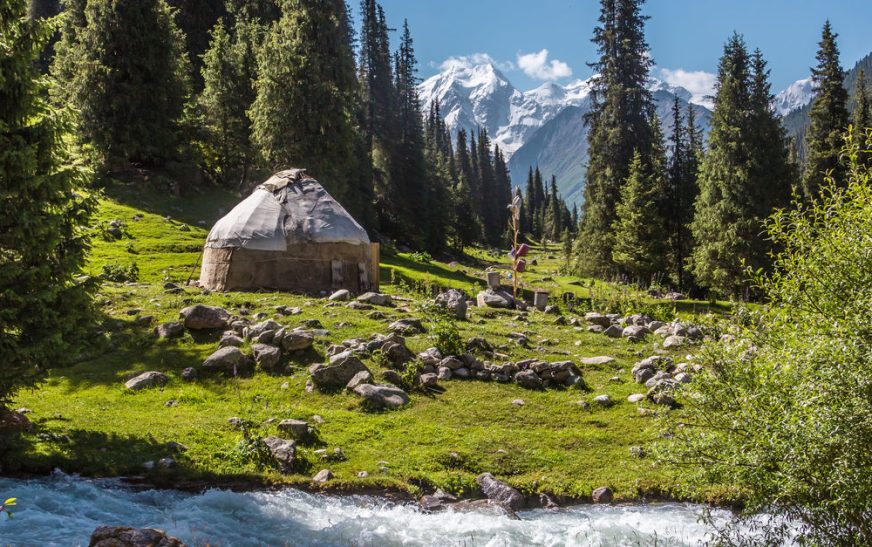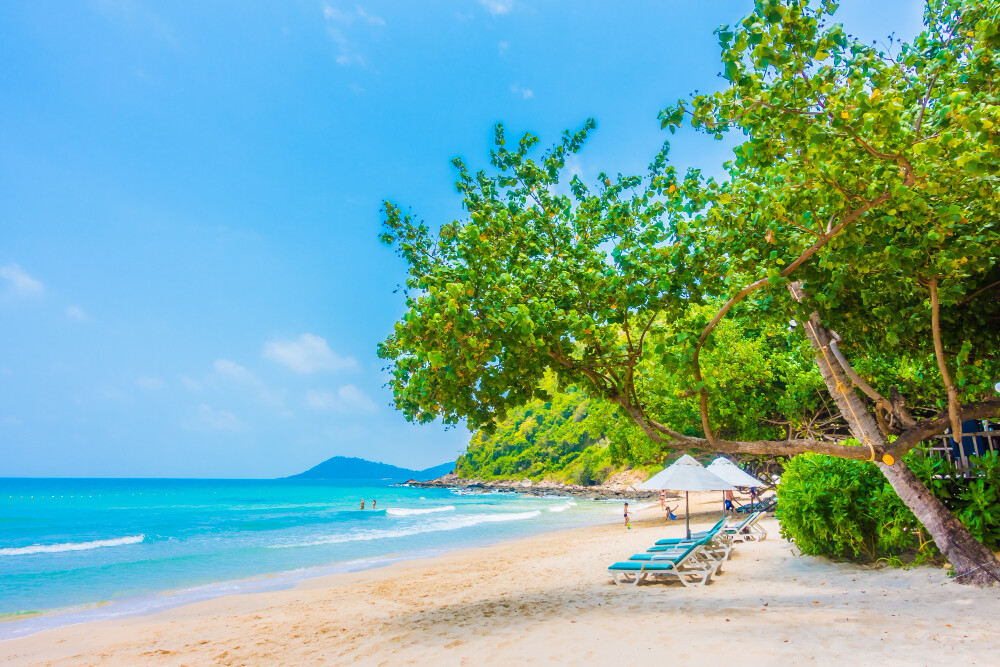If you’ve ever come across the term “Stans country” or “The Stans,” you’re likely referring to a group of countries in Central and South Asia whose names end in “-stan”, a Persian word meaning “land of”. These countries are culturally rich, geographically diverse, and historically significant — yet they often remain under the radar for mainstream travelers and readers.
In this comprehensive guide, we’ll explore everything you need to know about the Stans countries — from their history and geography to tourism tips, travel highlights, and why they’re worth discovering.
What Are the ‘Stans’ Countries?
There are seven countries generally referred to as “The Stans”:
- Kazakhstan
- Kyrgyzstan
- Uzbekistan
- Turkmenistan
- Tajikistan
- Afghanistan
- Pakistan
Each has its unique culture, landscape, and story. While the first five are located in Central Asia, Afghanistan and Pakistan are often included due to their linguistic and cultural ties.
A Quick Overview of Each Stans Country

- Capital: Astana (formerly Nur-Sultan)
- Highlights: Steppe landscapes, futuristic cities, Baikonur Cosmodrome
- Known For: Oil, natural resources, vast land (9th largest in the world)

- Capital: Bishkek
- Highlights: Tien Shan mountains, Issyk-Kul Lake, nomadic culture
- Known For: Eco-tourism, trekking, yurts, horse culture

- Capital: Tashkent
- Highlights: Samarkand, Bukhara, Silk Road heritage
- Known For: Islamic architecture, historic caravanserais, colorful mosaics

- Capital: Ashgabat
- Highlights: Darvaza Gas Crater (“Door to Hell”), white marble architecture
- Known For: Isolationist policies, desert landscapes, ancient ruins

- Capital: Dushanbe
- Highlights: Pamir Mountains, Wakhan Valley, rugged terrains
- Known For: Adventure tourism, Soviet history, Persian roots

- Capital: Kabul
- Highlights: Hindu Kush Mountains, ancient cities like Heart and Bamiyan
- Known For: Complex history, tribal culture, stunning mountainous terrain

- Capital: Islamabad
- Highlights: Himalayas, Karakoram Highway, Lahore Fort, Mohenjo-Daro
- Known For: Diverse geography, vibrant culture, Mughal and Indus Valley heritage
Why Are They Called the “Stans”?
The suffix “-stan” comes from Persian, meaning “place” or “land.” These countries share historical ties through Persian, Turkic, Mongol, and Russian influences. While each nation is distinct, they share linguistic, religious, and cultural elements that make them collectively fascinating.
Culture & Heritage
Shared Elements:
- Islamic influence: Predominantly Muslim populations with varying degrees of religious expression.
- Soviet legacy: Five of the Central Asian Stans were part of the former Soviet Union.
- Nomadic traditions: Especially in Kyrgyzstan, Kazakhstan, and Turkmenistan.
- Persian & Turkic languages: Found throughout the region in various forms.
Unique Aspects:
- Uzbekistan: Renowned for its Silk Road cities and Islamic architecture.
- Tajikistan: Persian-speaking with strong Iranian cultural ties.
- Turkmenistan: Known for its neutral politics and closed borders.
- Pakistan: A South Asian giant with deep Islamic, Mughal, and British colonial history.
- Afghanistan: A crossroads of empires and conflict, but rich in culture and history.
Travel and Tourism in the Stans
Though not mainstream tourist destinations, the Stans offer raw beauty and authentic experiences. Here are some of the top activities:
Must-See Attractions:
- Samarkand (Uzbekistan) – Jewel of the Silk Road
- Lake Issyk-Kul (Kyrgyzstan) – Mountain lake perfect for retreats
- Darvaza Gas Crater (Turkmenistan) – A blazing pit in the desert
- Pamir Highway (Tajikistan) – One of the world’s highest roads
- Hunza Valley (Pakistan) – A scenic haven nestled in the Himalayas
Why Visit the Stans?
- Untouched nature
- Friendly locals
- Rich history and architecture
- Affordable travel
- Off-the-beaten-path adventure
Safety and Accessibility
- Visa policies: Getting a visa can vary. Uzbekistan and Kazakhstan offer visa-free travel for many countries, while Turkmenistan is more restrictive.
- Infrastructure: Cities are developing quickly, but rural travel requires planning.
- Safety: While Pakistan and Afghanistan may present challenges, many regions in the other Stans are safe for travelers.
Always check current travel advisories before planning a trip.
Economic and Political Overview
Most of the Stans are developing economies, reliant on natural resources, agriculture, and trade. Kazakhstan, for example, is rich in oil and minerals. Political systems range from democratic republics (like Kyrgyzstan) to authoritarian states (like Turkmenistan).
The Role of the Stans in Global Affairs
Geopolitically, the Stans are important due to:
- Their strategic location between China, Russia, and the Middle East
- Participation in projects like China’s Belt and Road Initiative (BRI)
- Serving as cultural bridges between East and West
Conclusion
The Stans countries are often overlooked, but they’re among the most rewarding regions to explore. With dramatic landscapes, ancient cities, warm hospitality, and rich history, these “lands of” offer authentic experiences for travelers and learners alike.
Whether you’re planning an adventure or just expanding your global knowledge, understanding the Stans opens a window into one of the world’s most fascinating and diverse regions.
FAQs
1. What does “Stan” mean in country names?
“Stan” comes from Persian and means “land” or “place of.” So, for example, Kazakhstan means “Land of the Kazakhs.”
2. Are the Stans safe to visit?
Most are safe with precautions, especially Kazakhstan, Uzbekistan, and Kyrgyzstan. Some areas in Afghanistan and Pakistan require travel advisories to be checked.
3. Which Stan is best for tourists?
Uzbekistan and Kyrgyzstan are among the most tourist-friendly due to rich culture and scenic landscapes.
4. Were the Stans part of the Soviet Union?
Yes, five of them — Kazakhstan, Kyrgyzstan, Uzbekistan, Turkmenistan, and Tajikistan — were Soviet republics until 1991.
5. What languages are spoken in the Stans?
Turkic languages (Kazakh, Uzbek, Kyrgyz, Turkmen) and Persian (Tajik) are dominant. Russian is also widely spoken in former Soviet regions.
Also read: Fernando de Noronha Hotels: 10 Luxurious Stays for a Perfect Vacation










